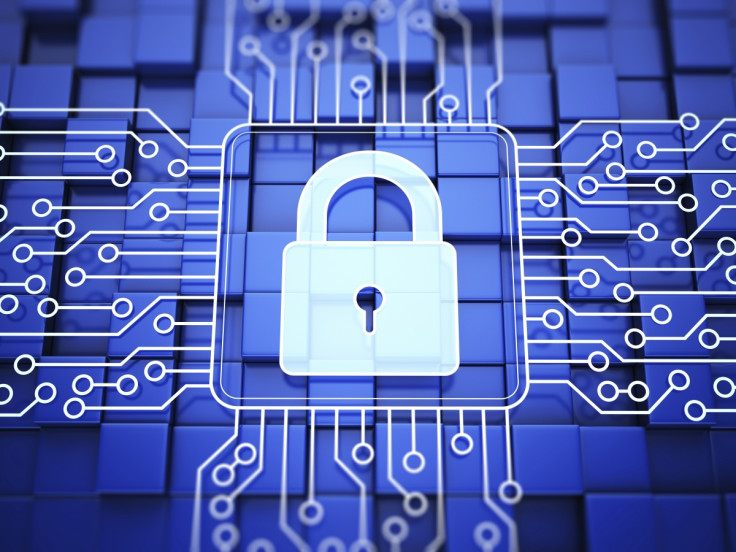Global Internet of Things security spending to reach $348m in 2016

As the Internet of Things (IoT) ramps up and 'smart' devices using wireless technology to talk to us and each other become more common, so too will the malware attacks targeting these new connected gadgets. According to technology research firm Gartner, predicted global spending on IoT security will reach $348m (£239m) in 2016, a modest 23.7% increase from the 2015 spending of $281.5m.
Ranging from chips and toasters to connected vehicles and hospital equipment, worldwide spending to protect the connected world of IoT is expected to accelerate in the next few years due to increased adoption and knowledge in the growing field. Gartner expects global IoT security spending to reach almost $434m in 2017 and $547m in 2018.
"The market for IoT security products is currently small but it is growing as both consumers and businesses start using connected devices in ever greater numbers," said Ruggero Contu, research director at Gartner. "Gartner forecasts that 6.4 billion connected things will be in use worldwide in 2016, up 30% from 2015, and will reach 11.4 billion by 2018. However, considerable variation exists among different industry sectors as a result of different levels of prioritisation and security awareness."
Although the IoT security market does depend on the technology's adoption by the consumer and industry sectors, Gartner anticipates the endpoint spending to be dominated by connected cars and other complex machines including commercial aircraft, heavy trucks, farming and construction equipment.
Gartner predicts that more than 25% of identified cyber-attacks will involve the connected world of IoT by 2020, despite the fact that IoT accounts for less than 10% of total IT security budgets. Due to the budget constraints, the firm says vendors will be hard-pressed to provide usable IoT security solutions.
"The effort of securing IoT is expected to focus more and more on the management, analytics, and provisioning of devices and their data. IoT business scenarios will require a delivery mechanism that can also grow and keep pace with requirements in monitoring, detection, access control and other security needs," Contu said. "The future of cloud-based security services is in part linked with the future of the IoT. In fact, the IoT's fundamental strength in scale and presence will not be fully realised without cloud-based security services to deliver an acceptable level of operation for many organisations in a cost-effective manner."
Gartner previously predicted that about 6.4 billion "things" will be connected to the internet by the end of 2016 – a 30% rise from 2015. The firm expects this figure to grow further, reaching 20.8 billion by 2020. IoT will support total services spending of $235bn in 2016, up by 22% from 2015.
Although these internet-connected devices promise to usher in a host of smart experiences for users and promise to take homes to an extraordinary level of comfort, internet security firm Bitdefender says this new connected convenience will take an unprecedented toll on privacy.
"As we have seen in the early stages of IoT development, gadgets designed for our home can talk with each other, yet they risk being overheard when communicating sensitive data," the company said. "The IoT can reach its full potential only if interactions between users, devices, applications and the cloud are authentic and secure."
By 2020, Gartner predicts that over half of all IoT implementations will use some form of cloud-based security service.
© Copyright IBTimes 2025. All rights reserved.




















